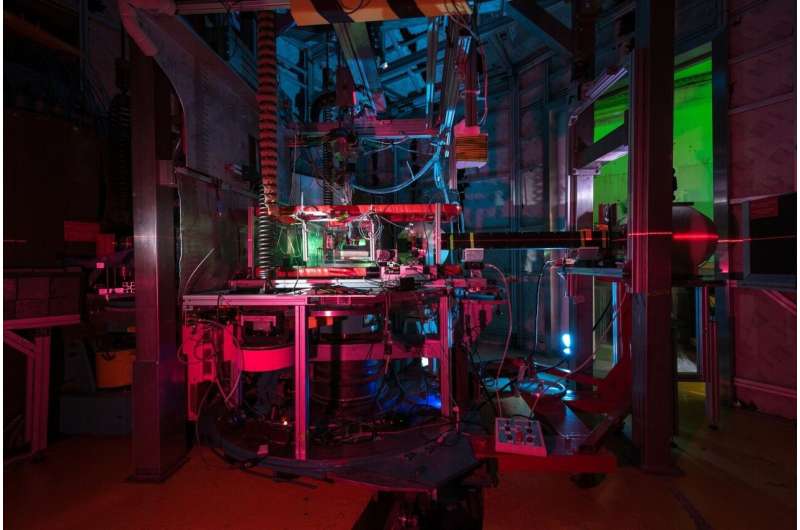
Quantum physics killed off straightforward materialism, just when it appeared to triumph. Albert Einstein would not like this:
The double-slit experiment is the most famous and probably the most important experiment in quantum physics: individual particles are shot at a wall with two openings, behind which a detector measures where the particles arrive. This shows that the particles do not move along a very specific path, as is known from classical objects, but along several paths simultaneously: Each individual particle passes through both the left and the right opening.
Normally, however, this can only be proven by carrying out the experiment repeatedly and evaluating the results of many particle detections at the end. At TU Wien, researchers developed a new variant of such a two-way interference experiment that can correct this flaw: A single neutron is measured at a specific position—and due to the sophisticated measurement setup, this single measurement proofs already that the particle moved along two different paths at the same time. It is even possible to determine the ratio in which the neutron was distributed between the two paths. Thus, the phenomenon of quantum superposition can be proven without having to resort to statistical arguments.
Vienna University of Technology, “One particle on two paths: Quantum physics is right” at Phys.org (May 11, 2022)
So it’s definitely the same neutron moving along two different paths at the same time. That’s somewhat like bilocation, the ability to be in two places at the same time, which is credited to beings with supernatural powers. (But, of course, macro beings can’t actually do it. )
Albert, check your mail.
The paper is open access.
Note: A British philosopher, looking for a way to redefine free will, dismisses quantum mechanics: Julian Baggini’s proposed new approach assumes the existence of the very qualities that only a traditional view of the mind offers. Baggini discounts the importance of quantum mechanics and believes that neuroscience disproves free will; he is wrong on both counts.